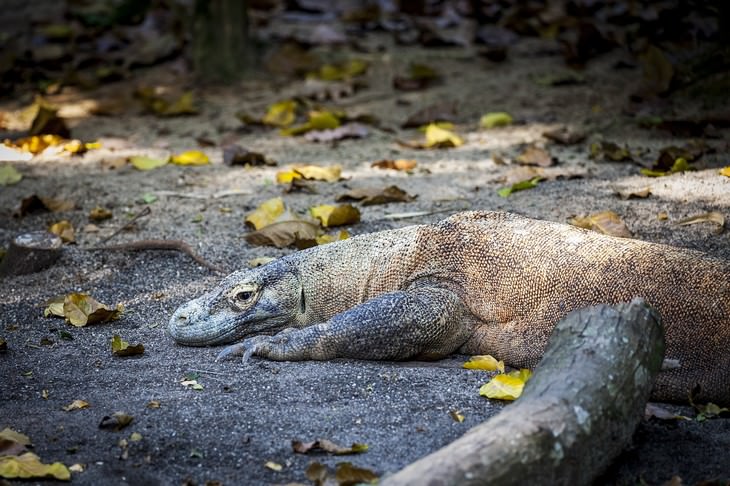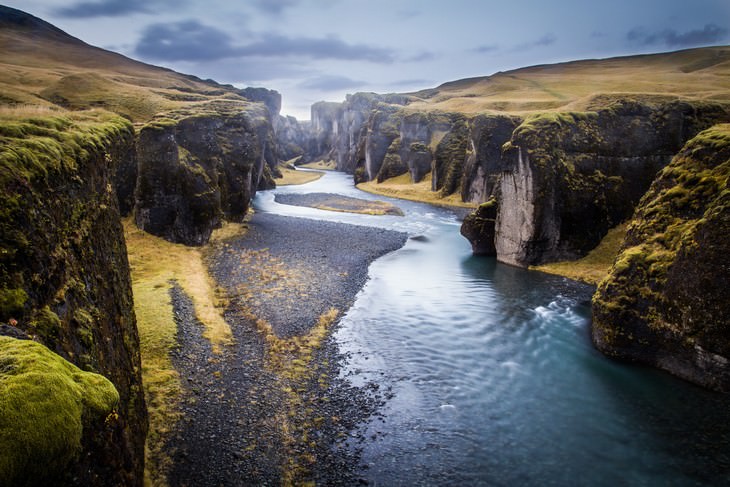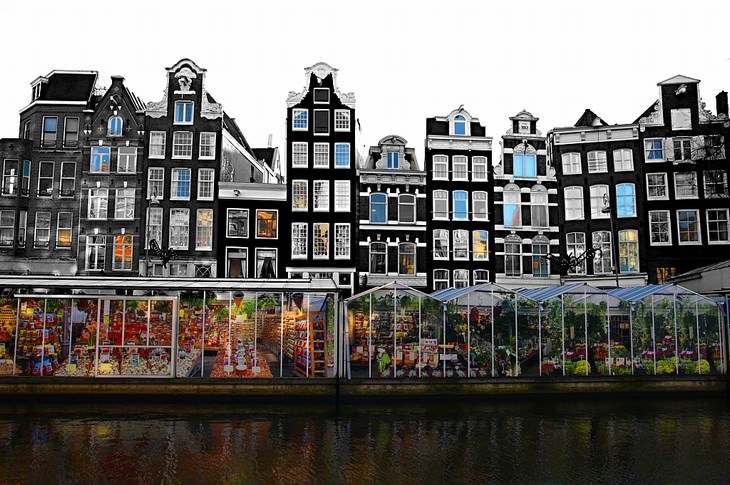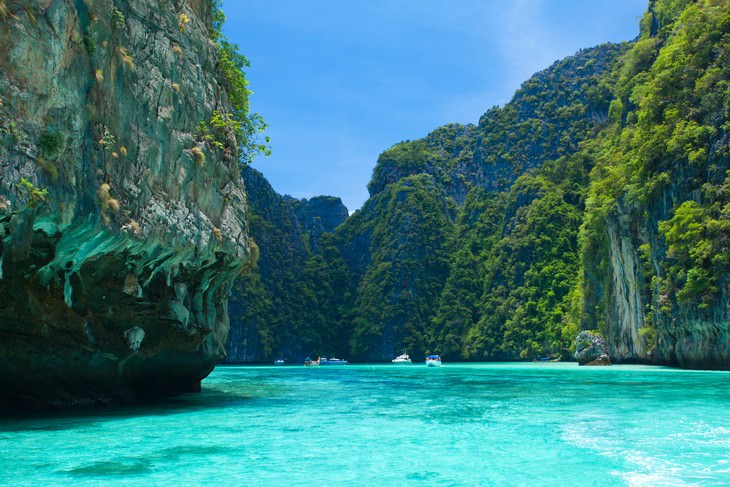Overtourism is a rising threat, both for the popular destinations themselves and the local population. On top of that, it’s not a pleasant experience for the tourists themselves, as crowds and long lines can spoil any vacation and turn even the most fun destination into a tourist trap.
Often unknowingly, these massive crowds of tourists can deplete and destroy the very place they came to see, be it a natural reserve, like the Komodo Islands, a beautiful beach, like the many islands in Thailand, or a city specialty, like the Bloemenmarkt in Amsterdam. In cases like these, imposing regulations, additional taxes and limiting the number of visitors, a common practice, is no longer effective, and the site is closed.
Unfortunately, more and more destinations experience rising pressure from tourists, and even the Louvre, the most popular museum in the world, was forced to close for a day in May of 2019 due to unbearable crowds. The 4 destinations we’ll discuss in this article are also restricted for tourists, some for years or even indefinitely.
1. Fjaðrárgljúfur, Iceland
Icelandic nature is famous for its waterfalls, streams and lush canyons, but one of these natural miracles, Fjaðrárgljúfur canyon got way more attention than it ever needed. And you know why? The canyon started experiencing a rapid influx of tourists after being featured in a music video by Justin Bieber in 2015, and then on the TV series "Game of Thrones".
As a result, tourism in the site skyrocketed, damaging the flora and fauna in the area dramatically, prompting the Environment Agency of Iceland to close off the site. Despite the ban, some tourists were reportedly trespassing during the night. At first, the location was supposed to be closed temporarily, but the restoration process was more challenging than expected and the site remains closed indefinitely.
2. Bloemenmarkt, Amsterdam
The Bloemenmarkt, founded in 1862, used to be a unique feature of Amsterdam, a floating flower market on the world-famous canal ring. As tourism grew in the city, reaching an extreme average of 18.2 million visitors in the past few years, the floating flower shops were replaced by souvenir stores.
Michael Saarloos, the owner of the last flower shop was forced to close his business in April 2019. With the rapid increase in tourism, less and less locals, the vast majority of Saarloos’s clients, started showing up near the canal, rendering his business unfeasible.
3. Maya Bay and 3 Other Islands in Thailand
Thailand is one of the hottest and most affordable tropical resorts in the world, which explains the extreme amount of visitors the country welcomes each year, an estimated yearly average of 32.6 million. For years, the islands and beaches in Thailand were being polluted by tourists, which damaged the fragile ecosystem in the area to an unimaginable extent.
Realizing the danger visitors pose to the ecology, the Department of National Parks, Wildlife, and Plant Conservation in Thailand closed down some of the most affected areas: four islands (Koh Khai Nui, Koh Khai Nok, Koh Khai Nai and Koh Tachai), as well as Maya Bay, the location of the 2000 film “The Beach” starring Leonardo DiCaprio. The sites are closed indefinitely, although Maya Bay is rumored to be reopened by 2021, as marine biologists report that the waters in the bay have been largely repopulated by marine life.
4. Komodo Islands, Indonesia

The Komodo Islands are the most popular tourist destination in Indonesia, as they are home for the largest lizard species on the planet, the Komodo dragon. These awe-inspiring animals grow up to 3 meters long and weigh up to 150 kg, but their numbers are rapidly decreasing, partly due to overtourism, and partly because of smugglers.
As of 2019, there are only 1,800 Komodo dragons on the islands, with reported attempts of smugglers stealing 41 of them to be sold on the black market. In an attempt to restore the population of this threatened species, the Indonesian government ordered to close the islands for visitors until at least 2020.
These four examples illustrate how our quest for a pleasant vacation and some good photos can have a destructive effect on the very places we dream to visit. This is an overwhelming tendency that persists and is expected to grow in the future, with more and more fascinating locations falling victim to its very visitors.
Places like the Taj Mahal, Machu Picchu, Bali, Rome, the Egyptian Pyramids, the Easter Islands, even Antarctica and countless more have been forced to limit tourism in the past few years. If for nothing else, to prevent these places from closing their doors to visitors, we urge you to follow these tips:
- Be mindful of where you’re traveling to and when, as most of the damage is done during peak vacation season.
- Go off the beaten path and explore places that aren’t the most highly rated and most photographed.
- Make sure to follow the local tourist rules and regulations wherever you go.




